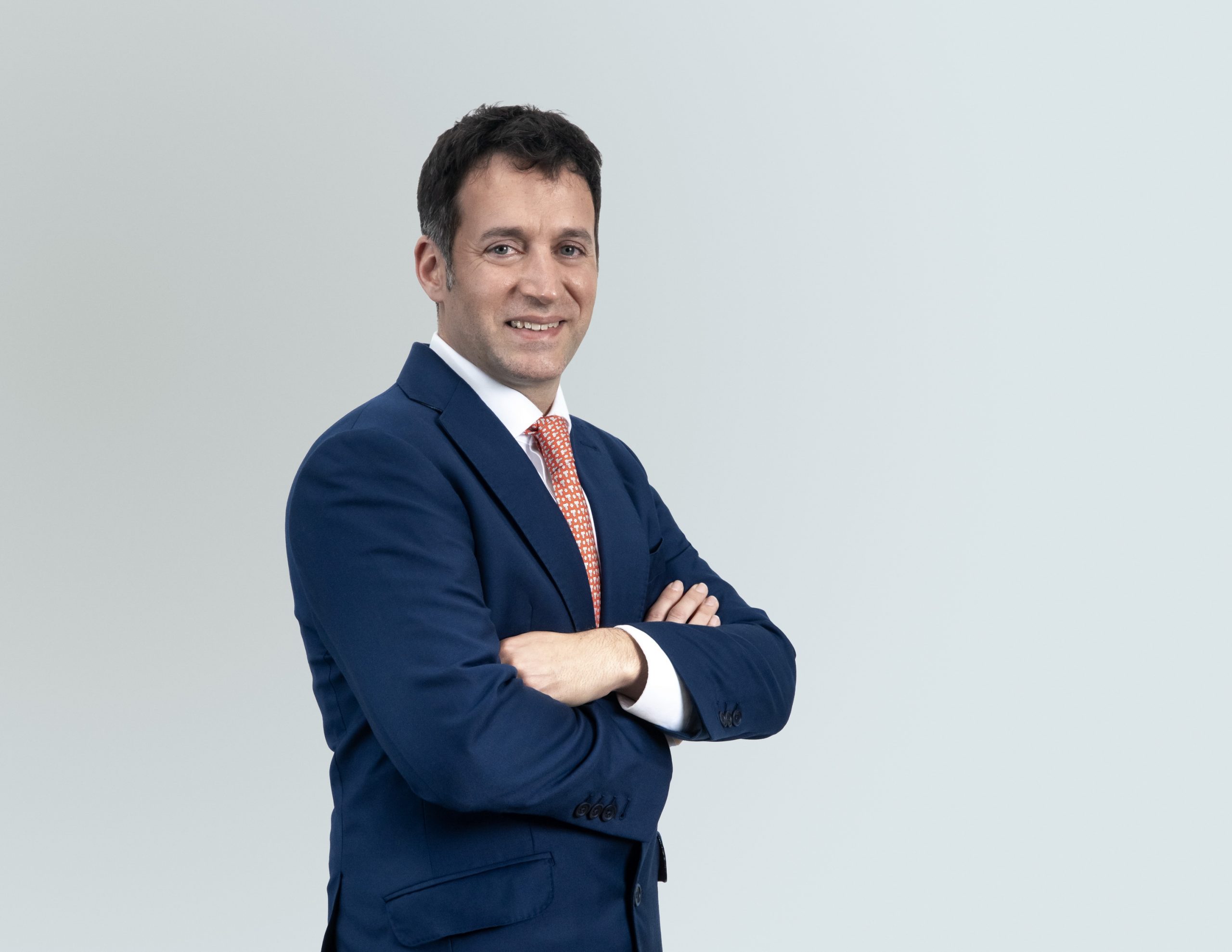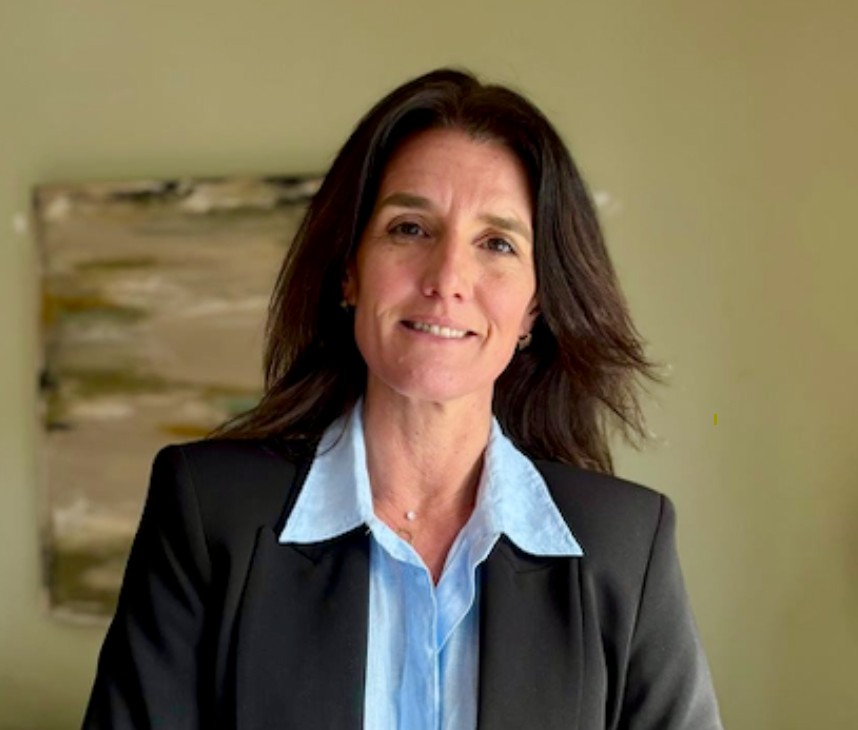AIS Financial Group was founded in 2016 as a Swiss investment boutique with the goal of offering personalized advisory and solutions, primarily to independent advisors in Latam, with a strong focus on structured products. Over time, they have expanded their asset offering to include investment funds, securitization, and, most recently, a bond line. The firm’s founding partner, Samir Lakkis, emphasizes that their objective is always to provide the best service and offer alternatives to those of major banks.
What drove you to create the brokerage firm?
When we started in 2016, our clients were mostly independent advisors in Latam. I came from institutions like Commerzbank and Leonteq, which covered this region with structured products, but in some cases they stopped doing so, and the offering became limited. So we thought that, given the clients’ needs, we could provide them access to major banks with high-quality structured notes. We grew gradually: 2021 was a key year because it was very positive for the whole sector. But in 2024, we made another big leap, this time for internal reasons—due to the company’s stability and maturity, with very low staff turnover. Over the years, I’ve learned that stabilizing a team and keeping it consolidated is uncommon in a brokerage firm, and it has given us more security as a company, allowing us to grow in volume.
Who are your main clients?
We started with smaller independent advisors, like the typical banker who has worked in Switzerland for years, decides to go independent, moves to Latam, and manages between 50 and 300 million dollars. From there, we kept growing in both client types and geographic coverage. We started serving slightly larger clients, like multifamily offices, single family offices, or local banks, and expanded our coverage from Latam to Switzerland, the Middle East, Israel, and South Africa. Recently, we’ve started gaining more institutional clients, such as pension funds. But the core business remains independent advisors.
Did you choose Madrid as one of AIS’s six offices because of its ties to Latin America?
Yes. The headquarters is in Geneva, but the Madrid office has grown significantly. We opened in Madrid because, unlike what happened 10 years ago, Madrid has become an alternative to Miami for Latin American clients and advisors. Although they still hold many assets in Switzerland, clients no longer go there to see their banker.
You started with structured products, but have also expanded to investment funds and securitization. What’s the company’s product structure like?
Structured products are still the core. Last year, we distributed more than 4 billion dollars in structured products across 30 countries. But we saw that we could offer clients other products, which led to a distribution agreement with Nomura, active in Argentina, Uruguay, and Panama, to help asset managers access Latam. We also offer asset securitization, for which there is strong demand.
Can you talk about each of these pillars?
90% of the products we create come from client demand—the advisors, each with their own point of view. We work to get the best terms based on their vision. As I mentioned, structured products remain the core business. With funds, we’re doing very well with Nomura, which is a strong player in fixed income, and Indian and Japanese equities.
Securitization is where we’re growing the most, because I believe alternatives are expanding. They’ve taken a while to arrive, but it finally seems like they’re here to stay among our private banking clients. Giving advisors tools so they can create their own alternatives—like taxi licenses in Colombia, artwork, or real estate—is very interesting. We create the structure so that, going back to the previous example, a group of 10 clients can buy thousands of taxi licenses without having to do it one by one. We set up a structured product, an SPV, that issues a certificate, and that certificate is what purchases the taxi licenses in Colombia. It’s about packaging something you can’t buy from a bank account, into a product you can buy from your account.
You’ve also recently ventured into a bond line…
Yes, we started bond trading, also as a response to client demand. Just like with structured products, it arose as an option to offer them a better product.
Which sectors do you see as attractive in the coming months?
After many years where everyone was focused on growth and not so much on value, we’re now seeing a shift from the U.S. to Europe, which we hope will continue.
Are there differences in client demand by country or region?
I think it relates to the origin of the wealth. In both Latam and the Middle East, it’s entrepreneurs who have built their own wealth—not inherited it over four generations—so they’re much more willing to take risks. That’s why there’s a greater appetite for alternative products, higher coupons, more aggressive strategies. In Europe, they lean a bit less toward alternatives and more toward fixed income. In Spain specifically, there’s a strong focus on funds due to tax benefits.




